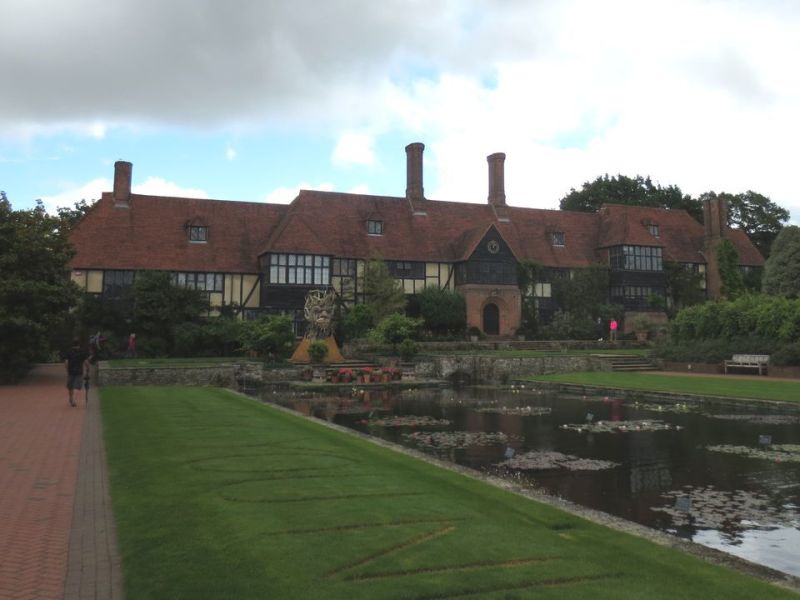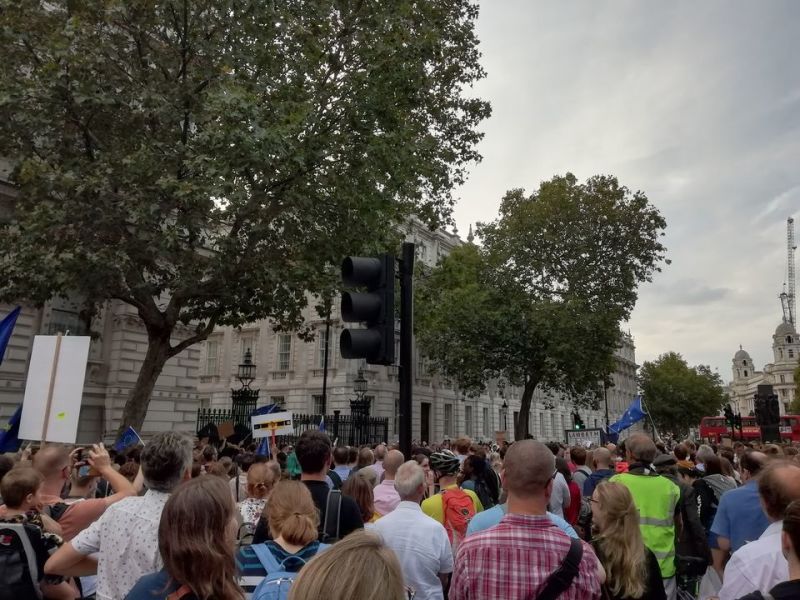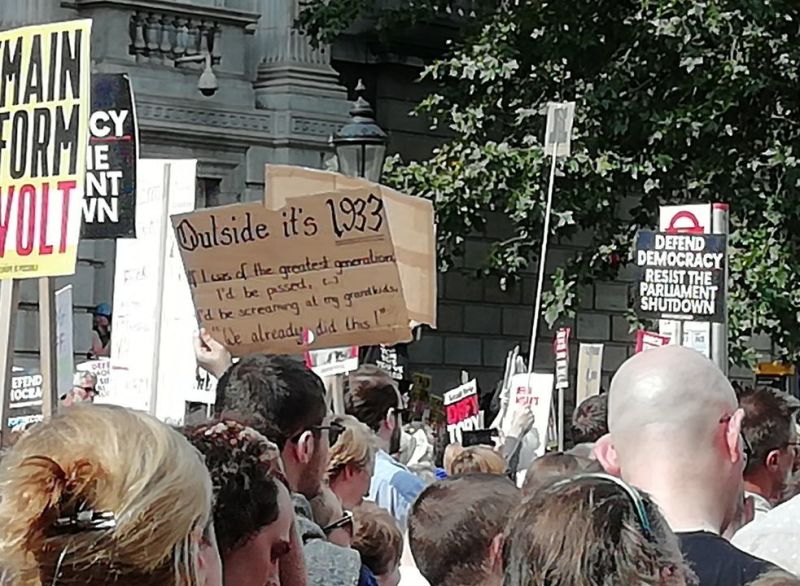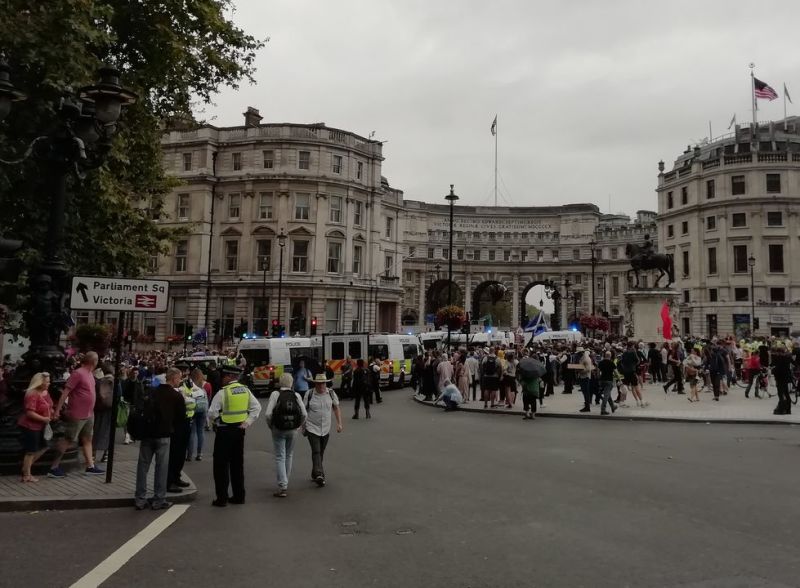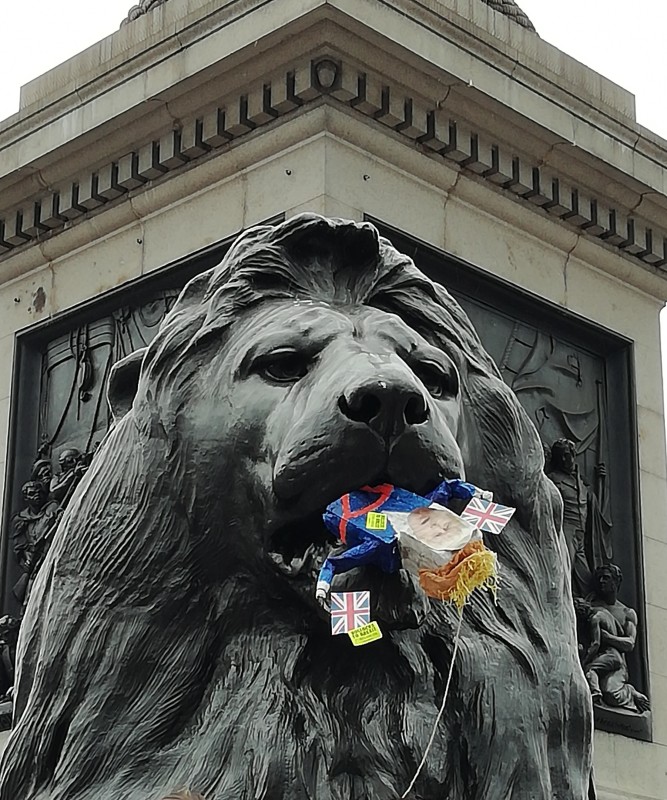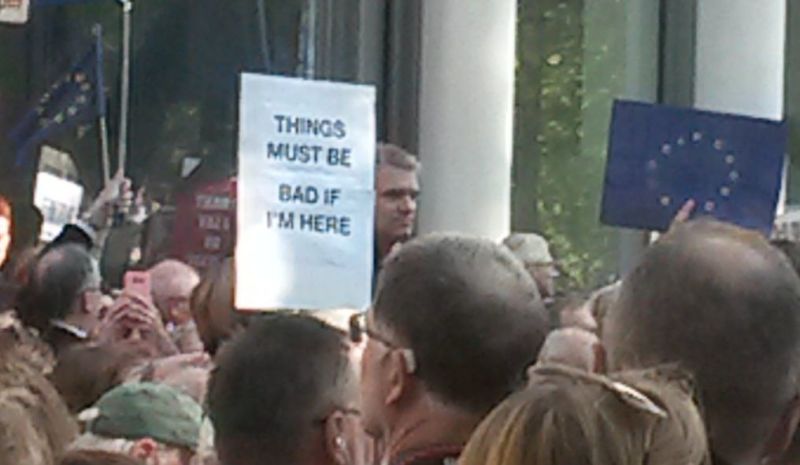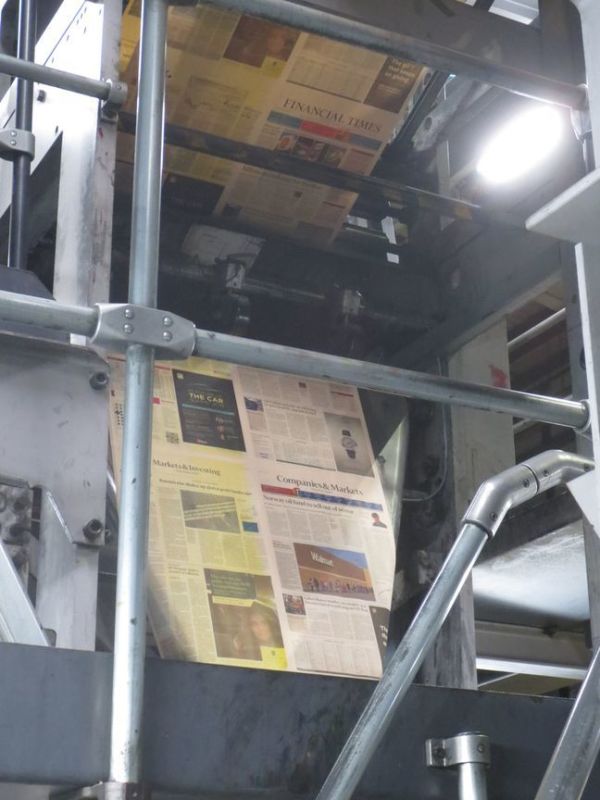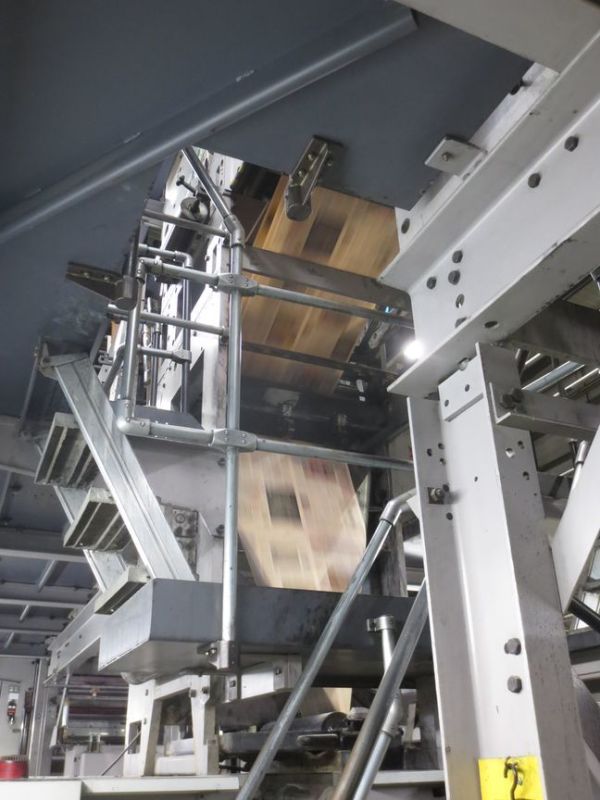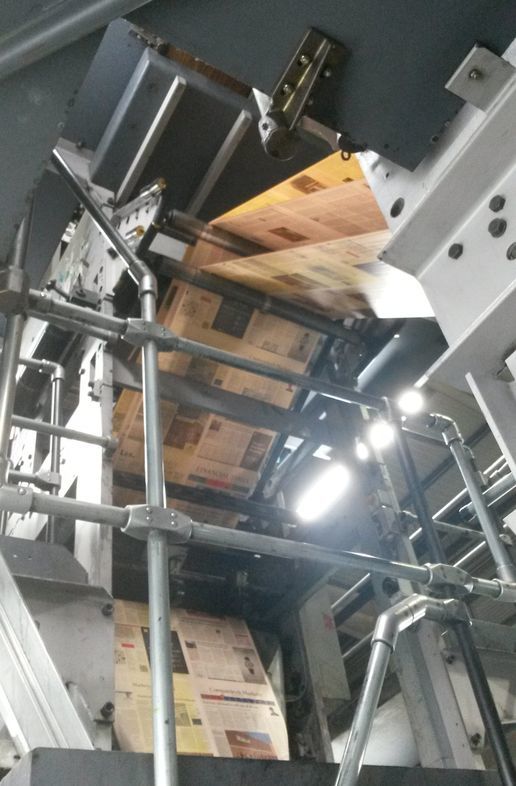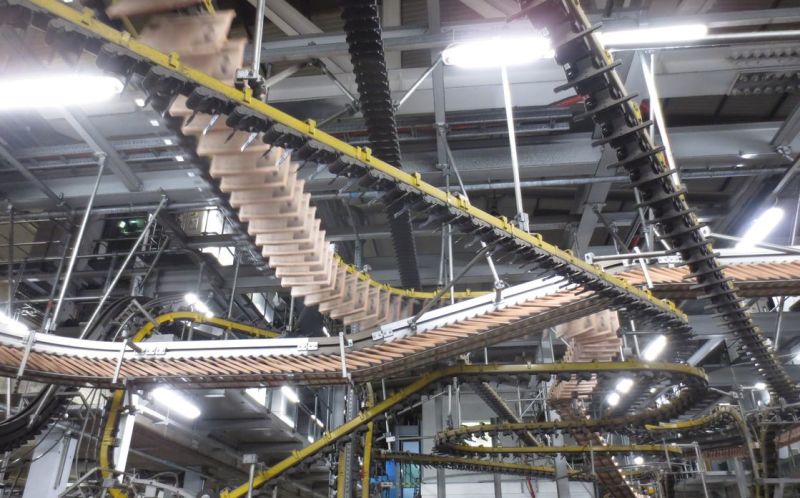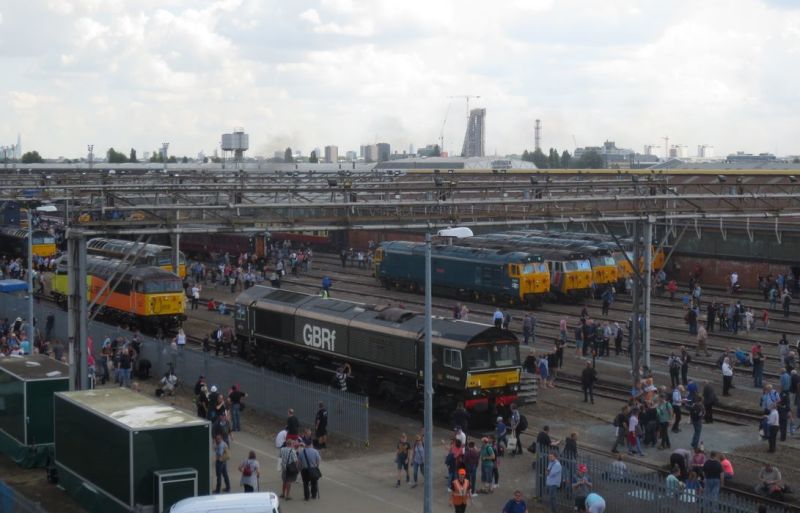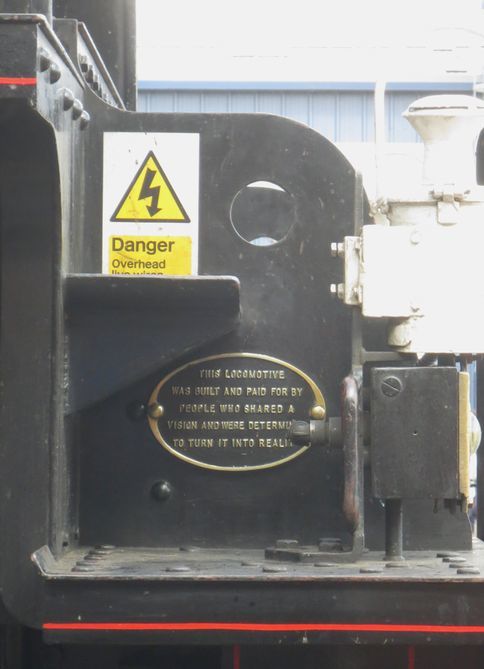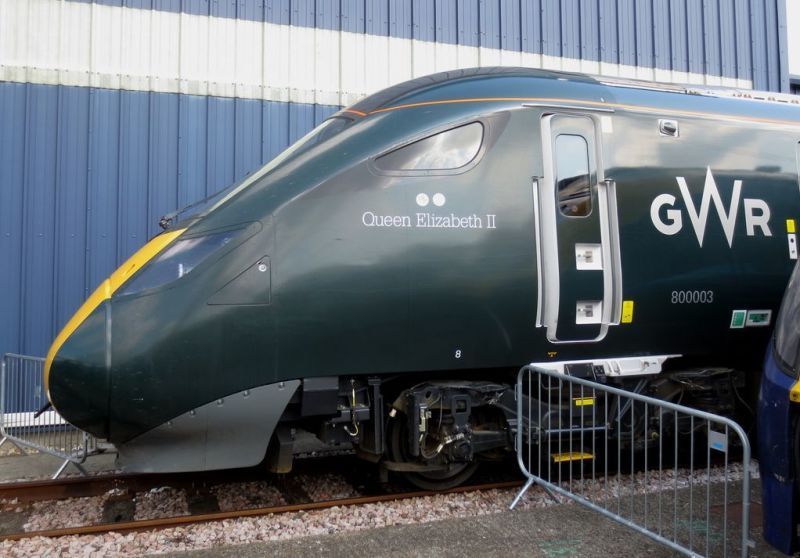Many worlds
Feb. 10th, 2023 07:08 pmIt's use-it-or-lose-it season for annual leave at work, and I'm in favour of using it. We had intended to meet up with F late last year for a trip to Dulwich Picture Gallery, but our plans were upended by rail strikes. In the mean time, R had already visited the M K Čiurlionis: Between Worlds exhibition. As weekends are the new peak days, I decided a Friday trip would suit me, and it worked quite well. The exhibition space at Dulwich is long and narrow, and it doesn't take many people to make it busy, but it was fairly quiet when I arrived in the late morning.
The paintings were definitely other-worldly, reflecting Lithuanian history and culture, with significant pagan and eastern influences. But they were also familiar, with one or two angels being reminiscent of the recent BBC adaptation of His Dark Materials; and Serenity (below), whilst being quite different in detail, reminded me in structure of Bocklin's Isle of the Dead. I didn't see any mention of synesthesia, but Čiurlionis was also a composer, and gave musical titles such as "Sonata", "Symphony" or "Fugue" to several of his works.
After lunch, and back in central London, there was time to visit the Royal Academy's Spain and the Hispanic world exhibition. More of a conventional blockbuster, this exhibition takes items loaned from the Hispanic Society of America, while their museum undergoes renovation. Obviously this was a busier exhibition, but still probably less crowded than at a weekend. It's difficult to compare with the before-time, but I wondered whether there were fewer exhibits, as things did feel a bit more comfortably spaced out. The range and quality is impressive, from the Bell-Beaker artifacts of c.2400 BCE, through the culture of Al-Andalus, the colonial era in North and South America, culminating in some Sorolla paintings (readily recognisable in style from an earlier exhibition) and a sketch for his installed paintings Vision of Spain.
The paintings were definitely other-worldly, reflecting Lithuanian history and culture, with significant pagan and eastern influences. But they were also familiar, with one or two angels being reminiscent of the recent BBC adaptation of His Dark Materials; and Serenity (below), whilst being quite different in detail, reminded me in structure of Bocklin's Isle of the Dead. I didn't see any mention of synesthesia, but Čiurlionis was also a composer, and gave musical titles such as "Sonata", "Symphony" or "Fugue" to several of his works.

Creation of the World (V) - a watery Tattoine?

Sonata of the Sea (Finale) - perhaps inspired by The Great Wave off Kanagawa?
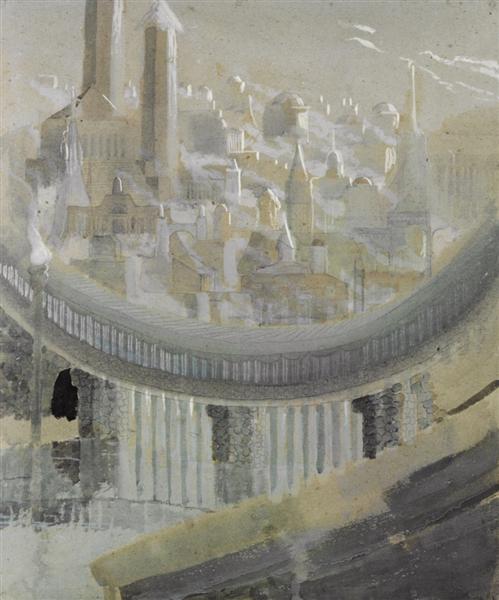
The City - as featured in any number of fantasy novels
.jpg!Large.jpg)
Sonata of the Pyramids (Allegro)
After lunch, and back in central London, there was time to visit the Royal Academy's Spain and the Hispanic world exhibition. More of a conventional blockbuster, this exhibition takes items loaned from the Hispanic Society of America, while their museum undergoes renovation. Obviously this was a busier exhibition, but still probably less crowded than at a weekend. It's difficult to compare with the before-time, but I wondered whether there were fewer exhibits, as things did feel a bit more comfortably spaced out. The range and quality is impressive, from the Bell-Beaker artifacts of c.2400 BCE, through the culture of Al-Andalus, the colonial era in North and South America, culminating in some Sorolla paintings (readily recognisable in style from an earlier exhibition) and a sketch for his installed paintings Vision of Spain.
.jpg)







